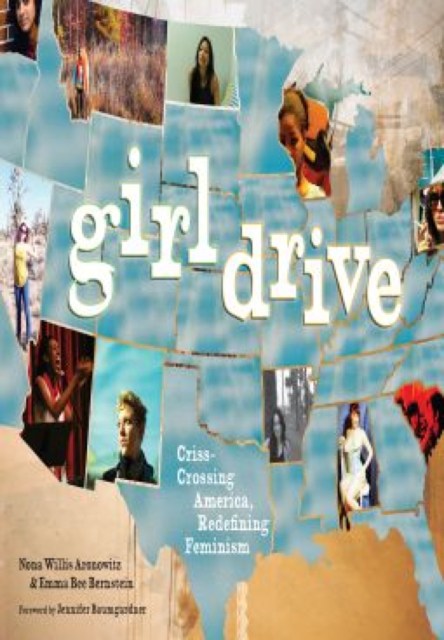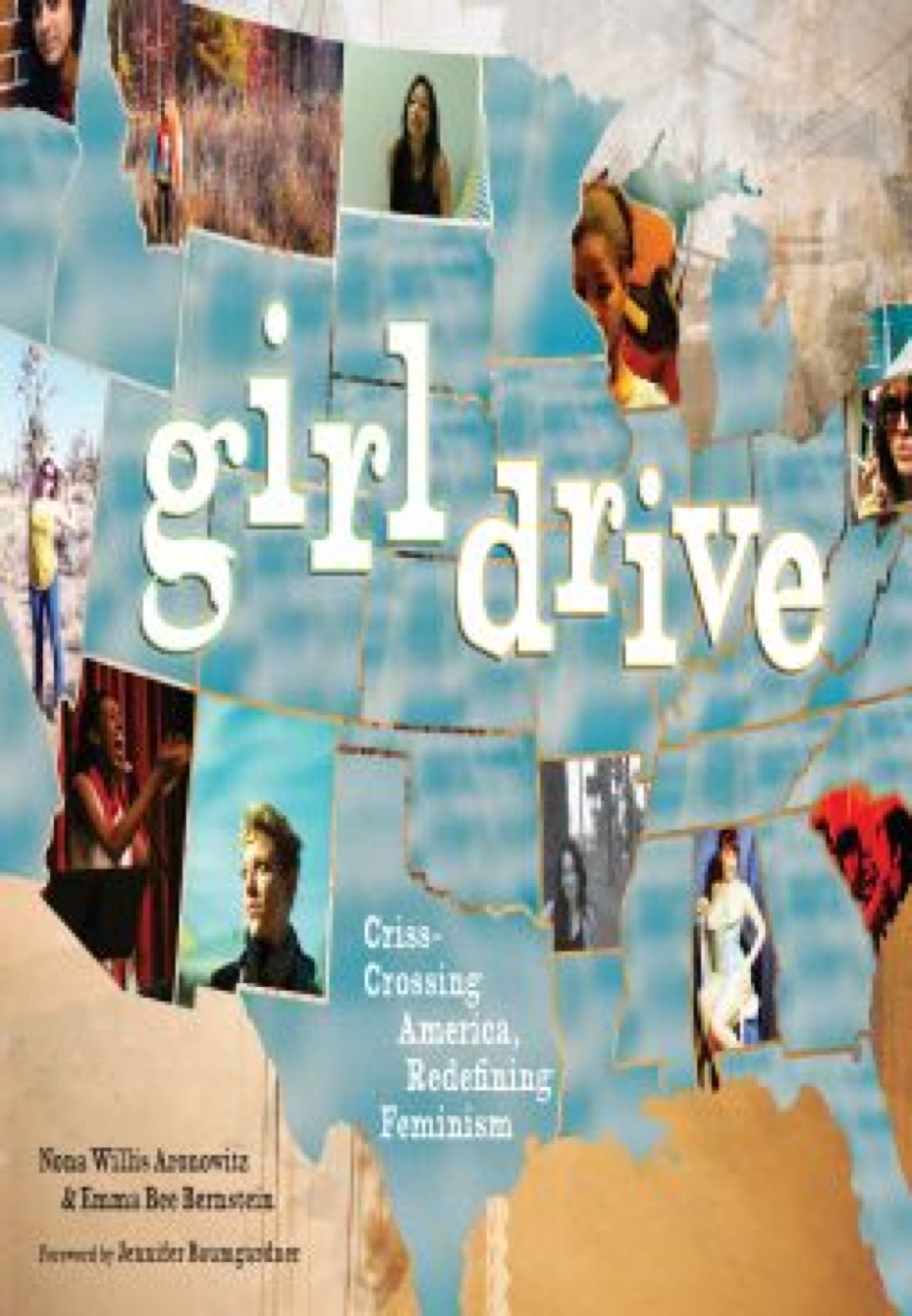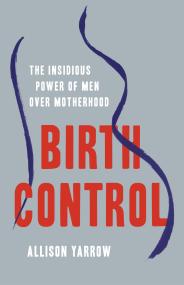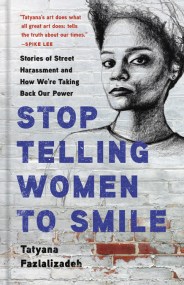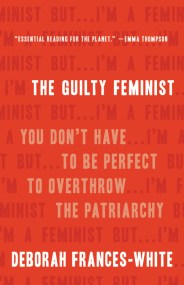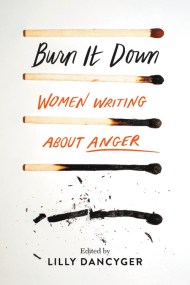Promotion
Use code MOM24 for 20% off site wide + free shipping over $45
Girldrive
Criss-Crossing America, Redefining Feminism
Contributors
By Emma Bee Bernstein
Formats and Prices
Price
$13.99Price
$17.99 CADFormat
Format:
ebook $13.99 $17.99 CADThis item is a preorder. Your payment method will be charged immediately, and the product is expected to ship on or around July 24, 2009. This date is subject to change due to shipping delays beyond our control.
Also available from:
What do young women care about? What are their hopes, worries, and ambitions? Have they heard of feminism, and do they relate to it?
These are just a few of the questions journalist Nona Willis Aronowitz and photographer Emma Bee Bernstein set out to answer in Girldrive. In October 2007, Aronowitz and Bernstein took a cross-country road trip to meet with the 127 women profiled in this book, ranging from well-known feminists like Kathleen Hanna, Laura Kipnis, Erica Jong, and Michele Wallace, to women who don’t relate to feminism at all. The result of these interviews, Girldrive is a regional chronicle of the struggles, concerns, successes, and insights of young women who are grappling—just as hard as their mothers and grandmothers did—to find, define, and fight for gender equity.
These are just a few of the questions journalist Nona Willis Aronowitz and photographer Emma Bee Bernstein set out to answer in Girldrive. In October 2007, Aronowitz and Bernstein took a cross-country road trip to meet with the 127 women profiled in this book, ranging from well-known feminists like Kathleen Hanna, Laura Kipnis, Erica Jong, and Michele Wallace, to women who don’t relate to feminism at all. The result of these interviews, Girldrive is a regional chronicle of the struggles, concerns, successes, and insights of young women who are grappling—just as hard as their mothers and grandmothers did—to find, define, and fight for gender equity.
Genre:
- On Sale
- Jul 24, 2009
- Page Count
- 320 pages
- Publisher
- Seal Press
- ISBN-13
- 9780786750450
Newsletter Signup
By clicking ‘Sign Up,’ I acknowledge that I have read and agree to Hachette Book Group’s Privacy Policy and Terms of Use
